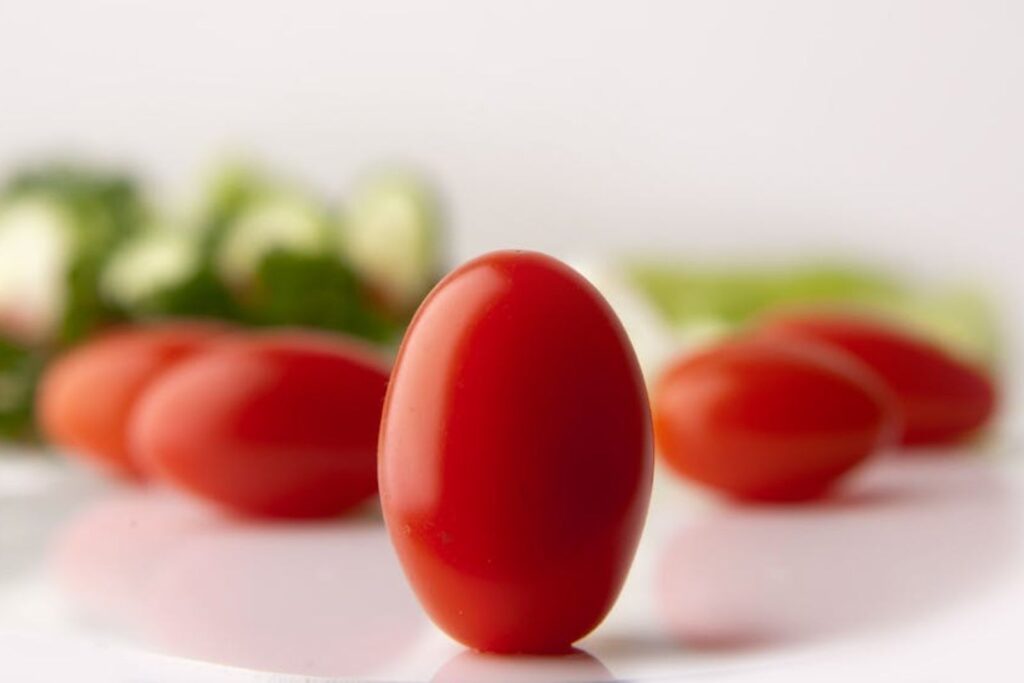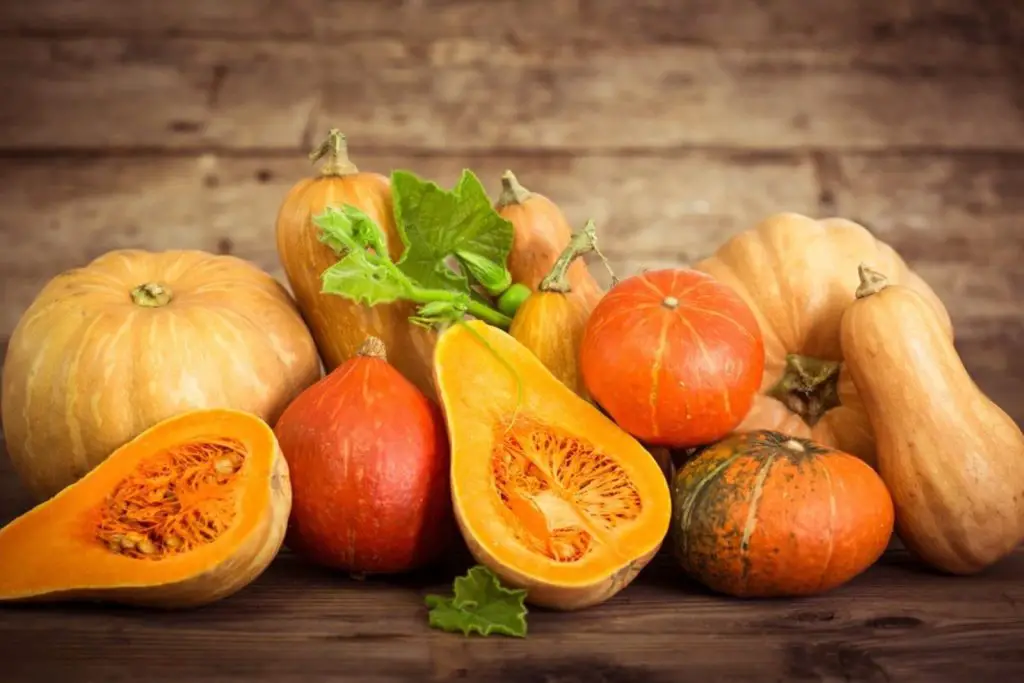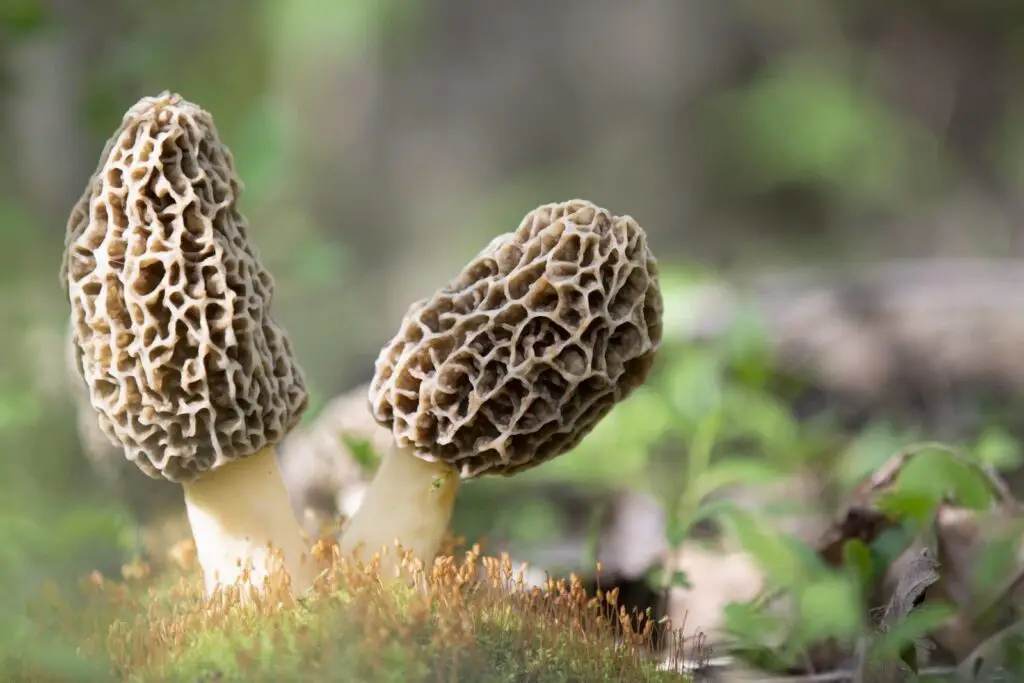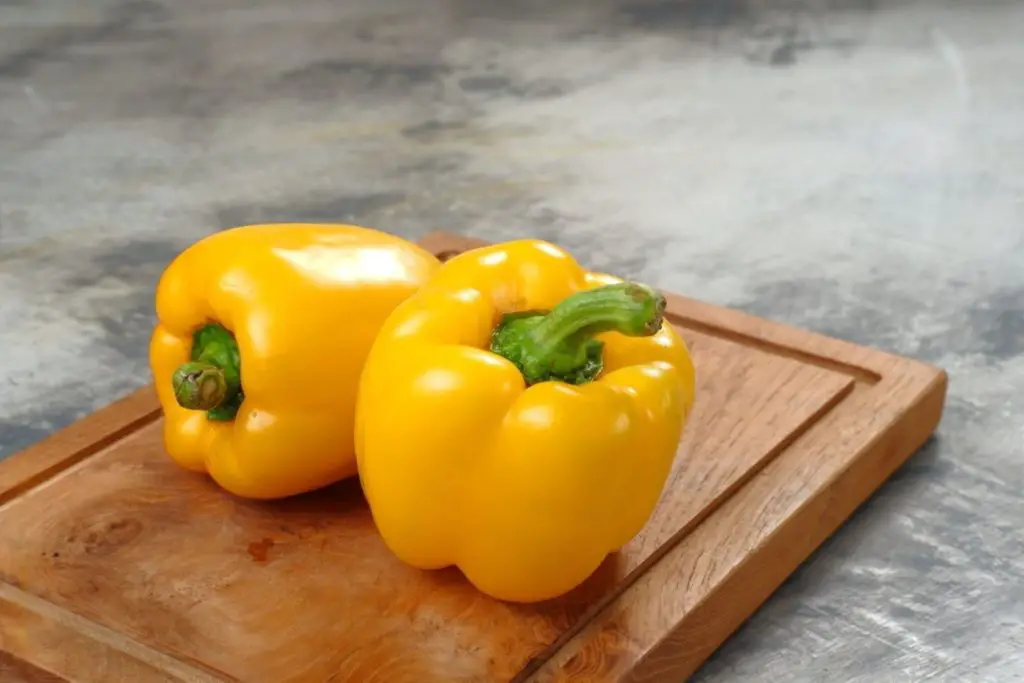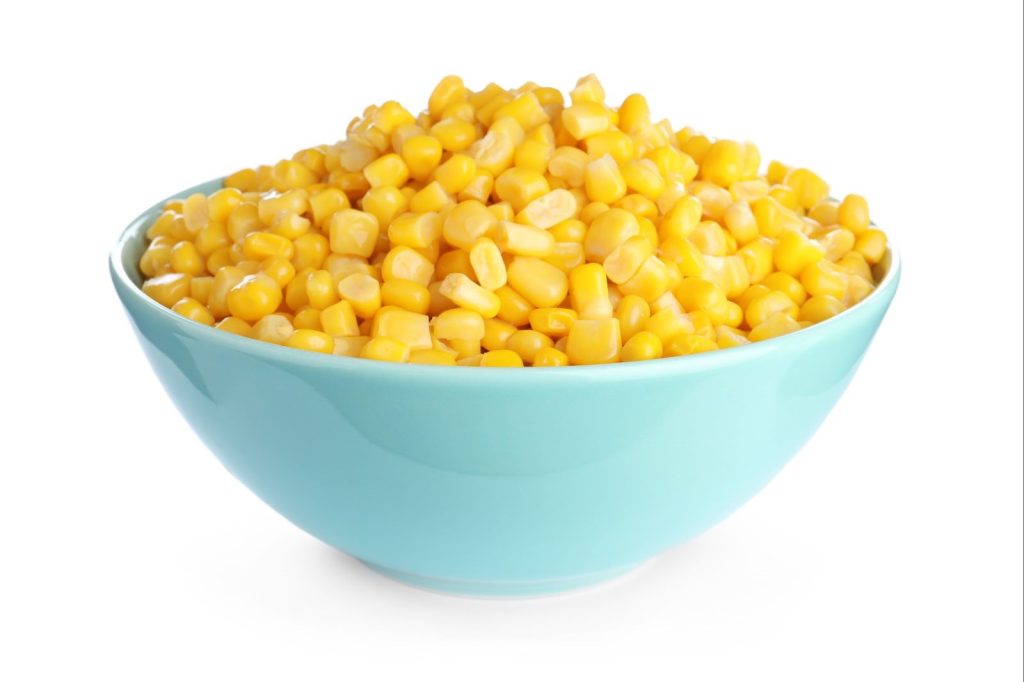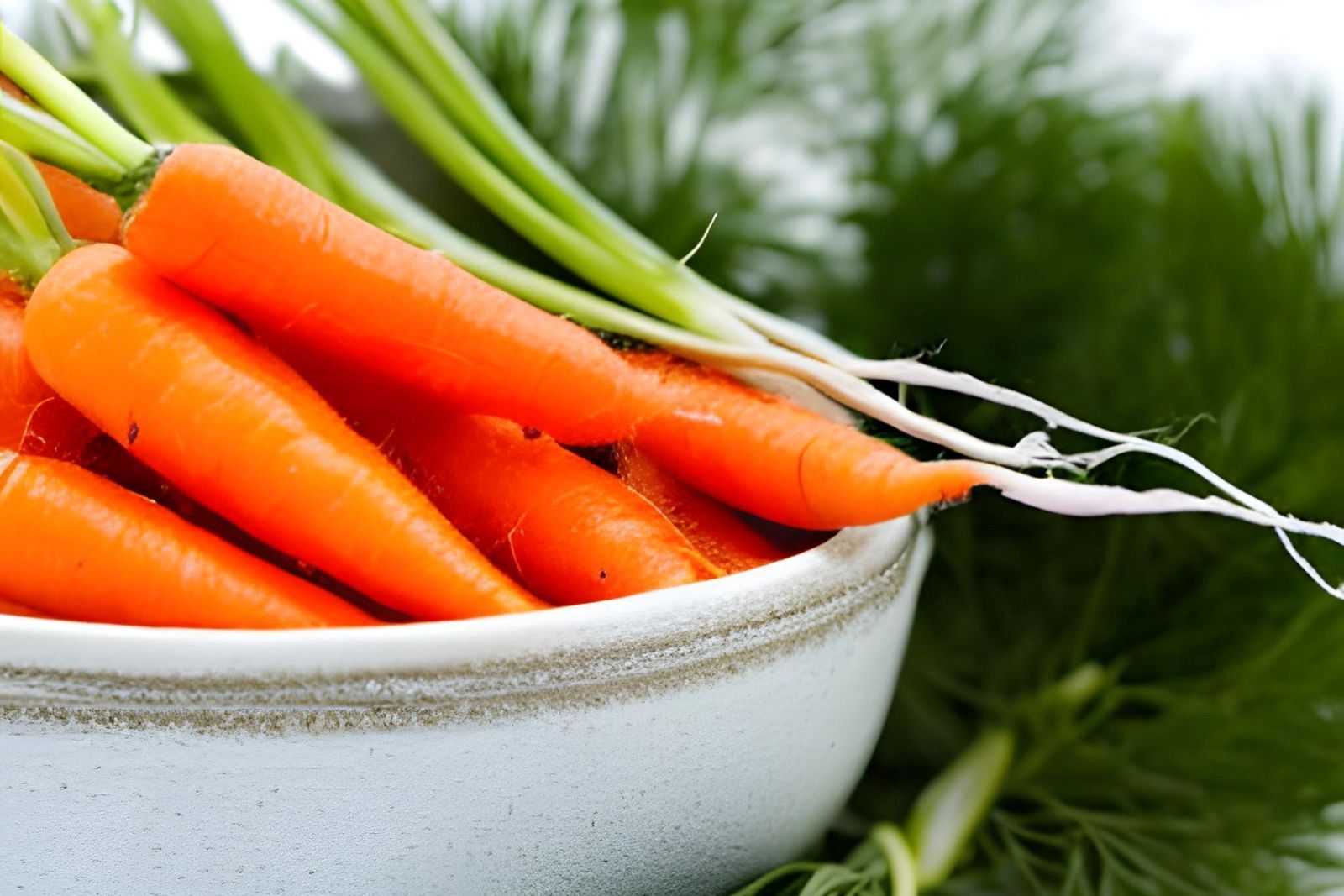
Baby carrots, with their petite size and sweet flavor, are a popular choice for snacking and cooking. If you have an abundance of fresh baby carrots or want to stock up for future use, freezing them is a great option. Freezing baby carrots not only helps to preserve their vibrant color and crisp texture but also ensures that you have a convenient and versatile vegetable on hand whenever you need it. Whether you plan to use them in stews, stir-fries, or as a side dish, freezing baby carrots allows you to enjoy their natural sweetness and nutritional benefits even when they’re out of season. With proper preparation and packaging, freezing baby carrots is a simple and effective way to extend their shelf life and maintain their quality, ensuring that you have a supply of these delicious and nutritious vegetables whenever you need them.
Here are the steps to freeze baby carrots:
- Step 1: Wash the baby carrots.
- Step 2: Peel the carrots if desired.
- Step 3: Cut the carrots into desired sizes.
- Step 4: Blanch the carrots in boiling water for 2-3 minutes.
- Step 5: Drain the carrots and cool them immediately.
- Step 6: Pat them dry with a clean towel or paper towel.
- Step 7: Transfer the carrots to a freezer-safe container.
- Step 8: Place the container or bag in the freezer.
Step 1: Wash the baby carrots.
Washing baby carrots under cold running water is an essential step to ensure that they are clean and safe to eat. It removes any dirt, debris, or bacteria that may be present on the surface of the carrots.
To properly wash baby carrots, first, place them in a colander or strainer and run cold water over them. Use your hands to gently rub the carrots, making sure to clean all sides thoroughly.
It’s important to use cold water, as hot water can cause the carrots to soften or lose their crispness. Additionally, avoid using any soap or detergent, as they can leave residue on the carrots and potentially cause health issues.
Step 2: Peel the carrots if desired.
Baby carrots have a thin skin that is edible and packed with nutrients. If the skin is thin and tender, it is safe to consume and adds extra flavor and nutrition to the dish.
However, some people may prefer to peel baby carrots for various reasons. Peeling the carrots can remove any residual dirt or debris that may have been missed during the washing process. Additionally, some people find that the texture of the skin is too tough or gritty, making it less enjoyable to eat.
To peel baby carrots, use a vegetable peeler or sharp knife to gently remove the skin. Be careful not to remove too much of the flesh, as baby carrots are small and delicate.
Step 3: Cut the carrots into desired sizes.
If you are using the baby carrots as a snack or as part of a vegetable platter, you may want to leave them whole or cut them into larger pieces. This allows you to showcase the natural shape and color of the carrots and provides a satisfying crunch when eaten raw.
If you are using baby carrots in a cooked dish, you may want to cut them into smaller pieces to ensure even cooking. For example, if you are making a stir-fry, you may want to slice the carrots into thin rounds or julienne them into matchstick-size pieces. Alternatively, if you are roasting baby carrots in the oven, you may want to leave them whole or cut them in half lengthwise to ensure they cook evenly.
It’s essential to ensure that the pieces are similar in size, so they cook uniformly. This also makes for a more visually appealing dish. If the pieces are too large, some may be undercooked, while others may be overcooked, resulting in an inconsistent texture.
Can I freeze baby carrots with the tops still attached?
Yes, you can freeze baby carrots with the tops still attached, but it’s best to remove the tops before freezing. The tops can draw moisture from the carrots and cause them to become limp or mushy during freezing. To remove the tops, simply twist them off or cut them with a sharp knife. Once the tops are removed, wash and dry the carrots thoroughly before freezing.
Step 4: Blanch the carrots in boiling water for 2-3 minutes.
Blanching baby carrots for a few minutes in boiling water helps to soften them slightly, making them more tender and easier to eat. It also helps to preserve their bright color and fresh flavor, ensuring that they look and taste their best in the final dish.
Additionally, blanching baby carrots can help to remove any residual dirt or bacteria that may be present on the surface of the carrots, making them safer to eat. Blanching can also help to break down enzymes that cause the carrots to deteriorate over time, helping to extend their shelf life and maintain their quality.
To blanch baby carrots, bring a pot of water to a rolling boil, then add the carrots to the water. Boil for 2-3 minutes, or until the carrots are just tender. Then, immediately transfer the carrots to an ice bath, a bowl filled with ice water. The ice bath helps to stop the cooking process and preserve the bright color of the carrots.
Step 5: Drain the carrots and cool them immediately.
To cool the baby carrots, remove them from the boiling water using a slotted spoon or strainer, and transfer them to a bowl filled with ice water. The ice water will rapidly reduce the temperature of the carrots, stopping the cooking process and helping to preserve their bright color and crisp texture.
Leaving the carrots in the ice water for 2-3 minutes will ensure that they are fully cooled and ready to be used in your recipe. Once the carrots have cooled down, remove them from the ice water and drain them thoroughly. You can then proceed with the next step in your recipe or store the carrots in an airtight container in the refrigerator for later use.
By cooling the baby carrots in ice water after blanching, you are not only stopping the cooking process but also helping to lock in the nutrients and flavor of the carrots.
Step 6: Pat them dry with a clean towel or paper towel.
Patting the carrots dry also ensures that they do not become waterlogged, which can impact their ability to absorb flavors and seasoning in the next step of the recipe. When the carrots are dry, they will be able to absorb marinades, dressings, and other flavorings better, resulting in a more flavorful dish.
Using a clean towel or paper towel is essential to prevent any potential contamination from bacteria or dirt, which can impact the safety and taste of the dish. It’s also important to use a gentle touch when patting the carrots dry to prevent damaging their delicate texture and shape.
Step 7: Transfer the carrots to a freezer-safe container.
If you plan to freeze the blanched baby carrots for future use, it’s important to transfer them to a freezer-safe container or freezer bag. Freezing is a great way to extend the shelf life of the carrots and preserve their quality for up to several months.
To transfer the carrots to a freezer-safe container or bag, first, ensure that they are completely dry. Then, place the carrots into the container or bag, being careful not to pack them too tightly. Leave some space at the top to allow for expansion during freezing.
Label the container or bag with the date and contents so that you can easily identify them later on. It’s also a good idea to include any additional information such as the blanching date or expiration date.
When storing the carrots in the freezer, make sure that the temperature is set to 0°F (-18°C) or lower. This will help to maintain the quality of the carrots and prevent freezer burn.
Step 8: Place the container or bag in the freezer.
When freezing blanched baby carrots, it’s important to leave some space for expansion in the container or bag. This is because as the liquid in the carrots freezes, it expands, which can cause the container or bag to burst or crack.
To avoid this, be sure to leave some space at the top of the container or bag, usually around 1 inch, to allow for expansion. If using a freezer bag, press out any excess air before sealing to prevent freezer burn.
It’s also important to ensure that the container or bag is properly sealed to prevent air and moisture from entering. Exposure to air can cause the carrots to develop freezer burn, which can negatively impact their flavor and texture. Once the container or bag is properly sealed and has some space for expansion, place it in the freezer. Try to place it in a spot where it will remain undisturbed and not be subject to temperature fluctuations, such as the back of the freezer.
Other related questions
How long can you freeze baby carrots?
Correctly stored, baby carrots can maintain quality for 12-18 months when frozen. Wash, blanch, cool, and package them in airtight containers or freezer bags before placing in the freezer. Thaw in the refrigerator before use.
How do you defrost frozen baby carrots?
To defrost frozen baby carrots, transfer them from the freezer to the fridge and let them thaw overnight. Alternatively, you can place the frozen carrots in a bowl of cold water and let them sit until thawed. Avoid using hot water or the microwave, as it can cause the carrots to become mushy.
How do I know if my frozen baby carrots have gone bad?
If your frozen baby carrots have gone bad, they may have a mushy texture, an off odor, or discoloration. Check the carrots for any signs of freezer burn, which can cause white or grayish spots on the surface. If the carrots have been stored for more than 12 months, they may have lost their quality and should be discarded. When in doubt, use your senses to determine if the carrots are still safe to eat.
Can I refreeze baby carrots after they have been thawed?
It is generally not recommended to refreeze baby carrots after they have been thawed. Freezing and thawing can cause changes in the texture and flavor of the carrots, and the process of refreezing can further damage the quality of the vegetable. It’s best to use thawed baby carrots within a safe timeframe or store them in the refrigerator for a few days.
Can I use frozen baby carrots with fresh ones?
Yes, you can use frozen baby carrots with fresh ones in recipes. However, keep in mind that the texture of the frozen carrots may be slightly different from the fresh ones. It’s best to thaw the frozen carrots before using them in cooked dishes or use them directly in cold dishes like salads. To ensure even cooking, you may need to adjust the cooking time when using a mixture of fresh and frozen carrots.
Can I freeze baby carrots that have been previously frozen and thawed?
No, it’s not recommended to refreeze baby carrots that have been previously frozen and thawed. Each time the carrots go through the freezing and thawing process, they lose moisture and quality. Refreezing can also cause bacteria to grow, potentially leading to foodborne illness. It’s best to use thawed baby carrots immediately or store them in the fridge for a short period of time before cooking.
Can I freeze baby carrots that have been seasoned with spices or herbs?
Yes, you can freeze baby carrots that have been seasoned with spices or herbs. However, keep in mind that some herbs may lose their flavor during freezing, so it’s best to use harder herbs like thyme, rosemary, or bay leaves. When seasoning the baby carrots, use a light hand with the spices or herbs, as the flavors may intensify during freezing. To freeze, simply follow the regular freezing process, blanching the carrots before freezing and storing them in airtight containers or freezer bags.
Can I freeze baby carrots that have been cut into smaller pieces?
Yes, you can freeze baby carrots that have been cut into smaller pieces. However, keep in mind that smaller pieces may cook faster than larger ones, so you may need to adjust the cooking time accordingly. To freeze, wash and cut the baby carrots into desired sizes, blanch them in boiling water for a few minutes, and then plunge them into ice water to stop the cooking process. Pat them dry, and then store them in airtight containers or freezer bags.
Can I freeze baby carrots with other vegetables?
Yes, you can freeze baby carrots with other vegetables, but it’s important to choose vegetables that freeze well together. Hard vegetables like carrots, broccoli, and cauliflower freeze well together, while soft vegetables like tomatoes or lettuce do not. To freeze, wash and cut the vegetables into uniform sizes and blanch them before freezing. This helps preserve their texture and color. Store them in airtight containers or freezer bags, and make sure to label them with the date and contents.
Can I freeze cooked baby carrots?
Yes, you can freeze cooked baby carrots. However, keep in mind that the texture and flavor of the carrots may change slightly after freezing and reheating. It’s best to cook the baby carrots until they are just tender, as overcooking can cause them to become mushy. Let the cooked carrots cool completely before freezing, and store them in airtight containers or freezer bags. When reheating, avoid using high heat or overcooking, as this can cause the carrots to become too soft.

